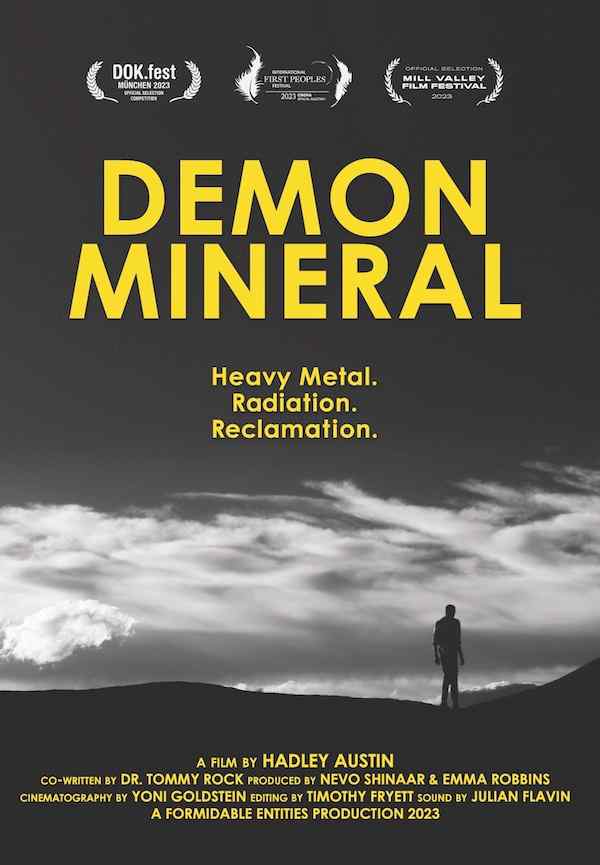Just before her senior year at Westminster College, Riley Finnegan, then a physics undergrad, was accepted to an astrophysics research internship: she had always been interested in science when she was younger, and after taking an astronomy class, focused her major in astrophysics. But she quickly realized, during the internship, that astrophysics was definitely not for her.
One of her professors pointed her toward geophysics, offering the enticing fact that ‘geophysicists get to go outside.’ With just one geophysics class, she was hooked. After graduating, she joined the University of Utah as a Ph.D. candidate, focusing her thesis on the vibration damage of rock landforms.

“The reason why I knew astrophysics wasn’t for me was that the research areas are a bit intangible—like, how does astrophysics help us here on Earth?” she said. “I was looking for something that I could apply my skills and knowledge to—an area that has an impact on ourselves and our planet for the better.”
Finnegan’s Ph.D. research found that not only do rock landforms such as arches move, but their movement responds to human activity. She’ll discuss it at the next, and last of the season, Science Moab on Tap event on Feb. 8. Her talk is titled “Wiggly Jiggly Arches and Towers: How these Landforms Move and Groove and Ways Human Activity Affect Them.”
“The movement of these things that we all love to look at, to climb on, to interact with, that are such a defining part of Moab, is such an enticing thought,” said Kristina Young, the founder and executive director of Science Moab. “There’s a lot to learn about how humans could possibly be affecting the vibrations of these huge geologic features. I don’t even know the answer, so I’m really excited to figure it out.”
Finnegan started her research by looking at how helicopter flights impacted Rainbow Bridge National Monument, which she worked on in conjunction with the Native American Consultation Committee. By using a seismometer, Finnegan could measure the vibrations of rock landforms.


She found that rock landforms did shake faster when exposed to helicopter noise—a high-power, low-frequency sound energy—which then led her to the questions, what does that faster shaking mean for the health of the landform, and what other human-made noises have an impact on landforms?
She then worked on collecting vibration data from rock landforms all over the state, and used the data to create 3D models. The models helped Finnegan and her team imitate “vibration events,” such as helicopter flights, and predict what damage might be done. Using the models, the team found that “in a single year, cracks grow minimally longer (~1%) in ‘noisy’ environments than in areas not experiencing anthropogenic vibration energy,” according to an October 2022 research article. In short, more vibrations are worse for the health of the landform.
“I think people sometimes look at the desert landscape and see it as still,” Finnegan said. “But now we know that it is dynamic—that arches, towers, mountains, mesas, and cliffs are constantly vibrating, and they respond to the energy that we put into the environment.”
Finnegan’s Science Moab on Tap talk will take place on Wednesday, Feb. 8 at Woody’s Tavern: doors open at 5:30 p.m. The event is free, but a $5 donation is suggested; Finnegan also said her talk will feature a bingo game, with a chance to win a 3D-printed model of Corona Arch.




